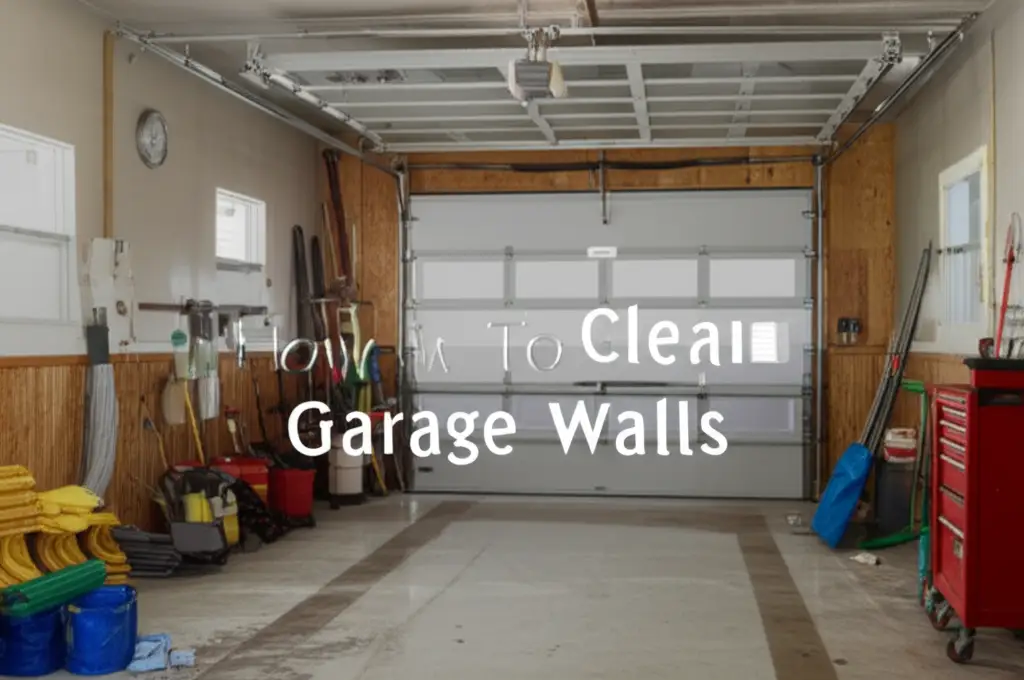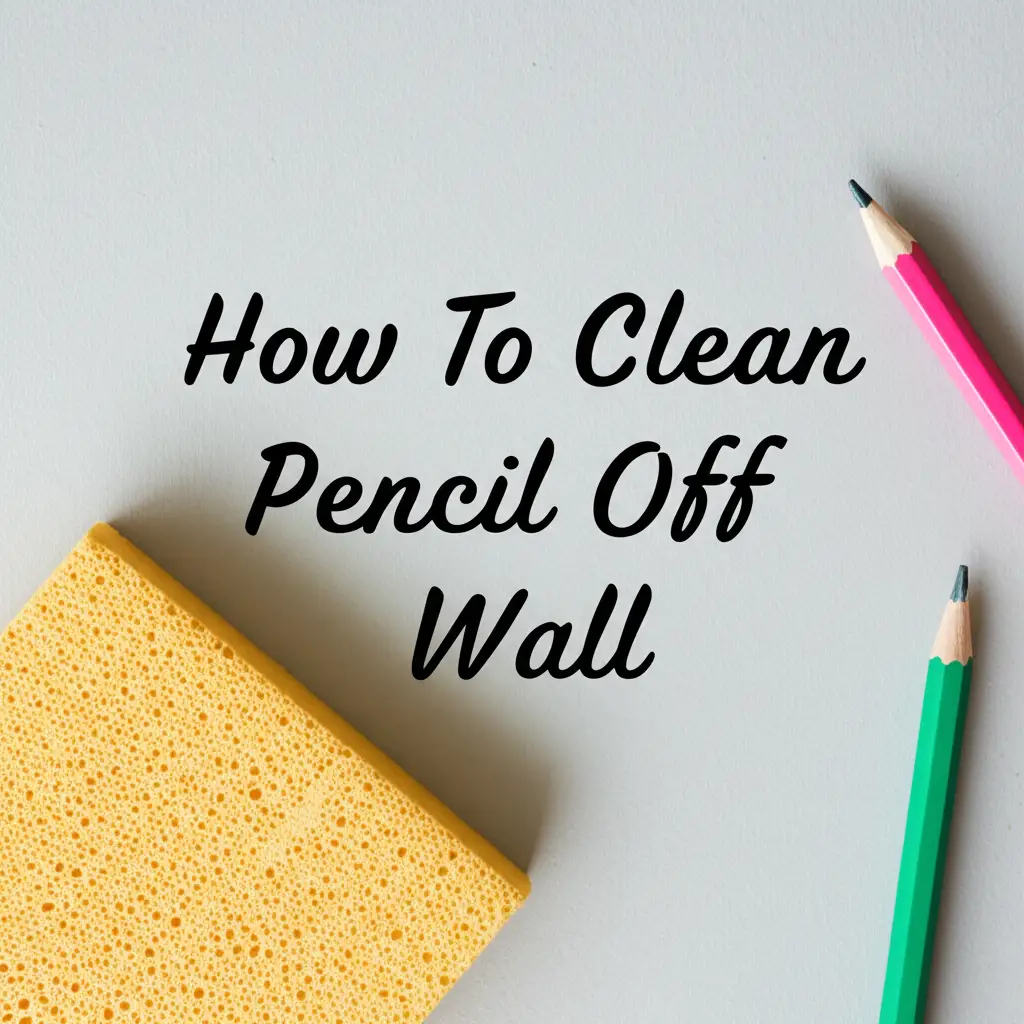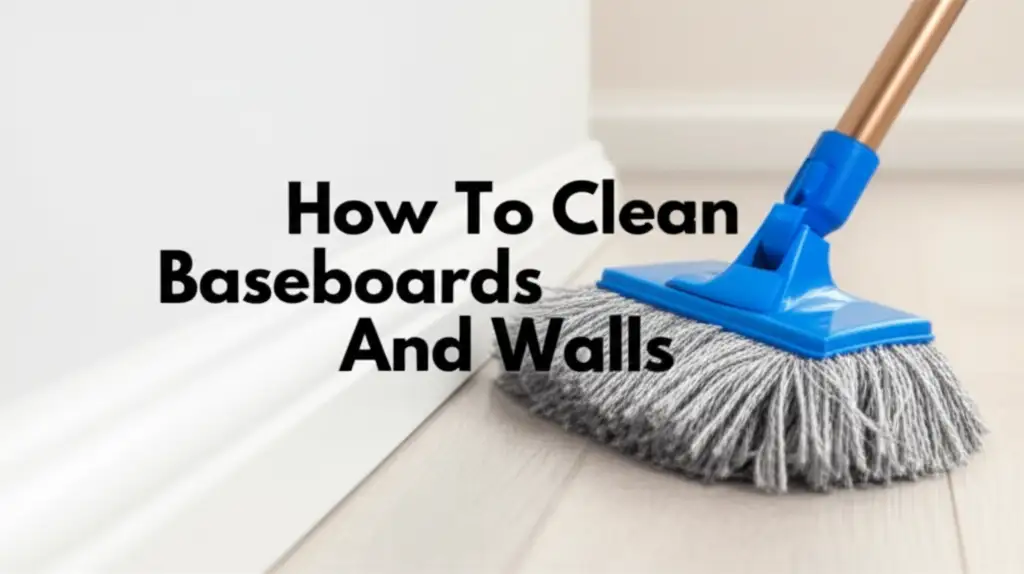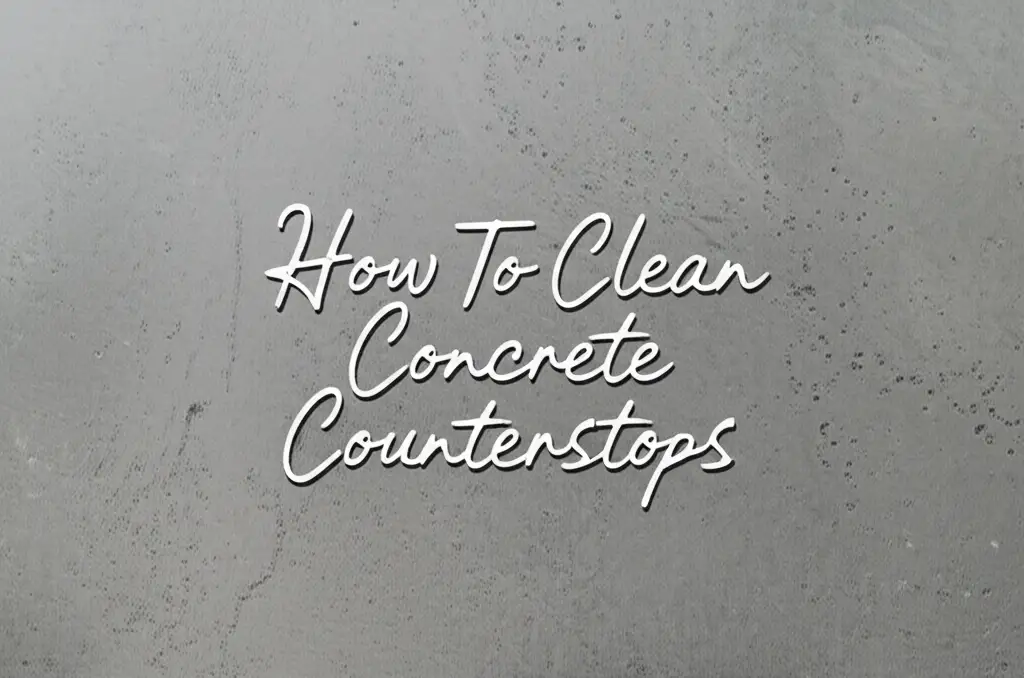· Home Cleaning · 14 min read
How To Clean Ledge Loungers
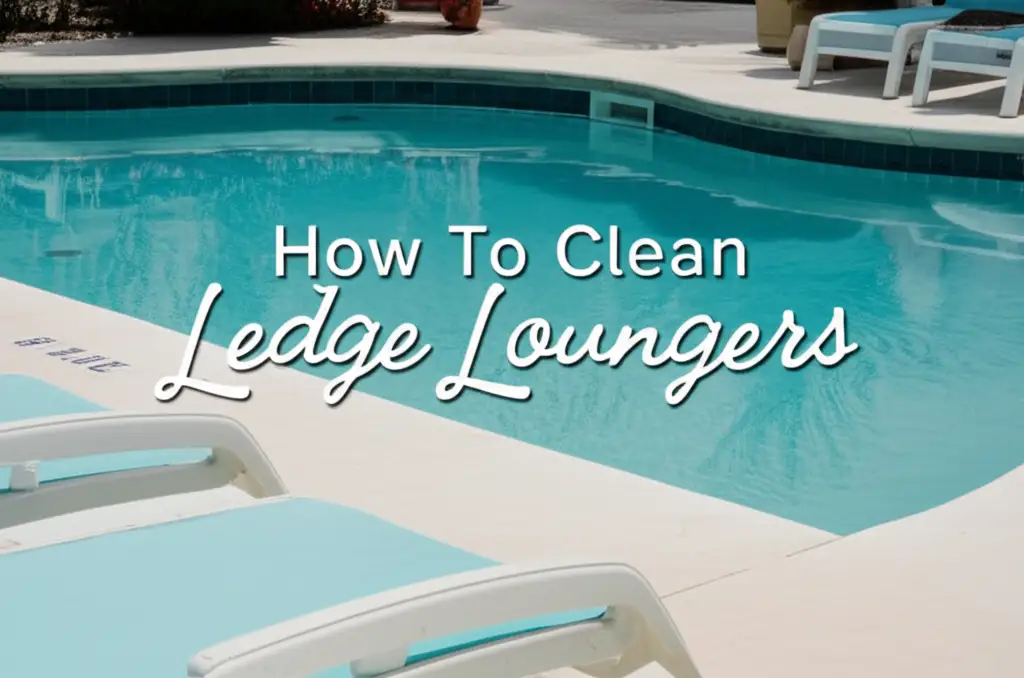
Keep Your Ledge Loungers Pristine: A Cleaning Guide
Imagine a sunny day, a refreshing pool, and your beautiful Ledge Loungers inviting you to relax. But then, you notice it: unsightly grime, lingering sunscreen marks, or even a hint of green algae. Keeping these stylish poolside essentials clean is important. Neglecting them can lead to stubborn stains and a diminished appearance.
Cleaning Ledge Loungers correctly ensures they look great all season long. It also helps them last for many years. This guide will walk you through everything you need to know about how to clean Ledge Loungers. We cover basic maintenance to deep stain removal. You will learn easy steps to keep your outdoor relaxation spot in perfect condition.
Takeaway: Maintain Your Ledge Loungers Easily
- Regular rinsing prevents dirt buildup.
- Use mild soap and a soft brush for routine cleaning.
- Target specific stains with appropriate, gentle solutions.
- Protect your loungers from harsh chemicals and excessive sun.
- Consistent care extends the life and beauty of your loungers.
To clean Ledge Loungers, start by rinsing them with a hose. Then, scrub them with a soft brush and a mild soap solution. Rinse thoroughly again. For stubborn stains like algae or sunscreen, use a diluted bleach solution or a specialized cleaner, always testing in a hidden spot first.
Understanding Ledge Lounger Materials and Common Issues
Ledge Loungers are popular for a good reason. They are durable and stylish. Most Ledge Loungers are made from high-density polyethylene (HDPE). This material is known for its strength. It resists fading and harsh weather conditions.
HDPE is a type of plastic. It does not absorb water. This makes it ideal for in-pool use. Its non-porous surface also makes it easy to clean. However, even the toughest materials face challenges. Your Ledge Loungers sit in a unique environment.
They are constantly exposed to sun, water, and various elements. Common problems include residue from sunscreen and body oils. Algae and mold can grow in damp conditions. Hard water deposits can leave unsightly spots. These issues require specific cleaning methods to keep your loungers looking their best. Understanding the material helps us choose the right cleaning approach.
HDPE is generally safe with most mild cleaners. It is important to avoid abrasive materials. Rough scrub brushes or harsh chemicals can scratch the surface. They can also dull the finish. Always consider the material when selecting your cleaning tools and solutions. This ensures you clean effectively without causing damage. Regular cleaning prevents small issues from becoming big problems.
Gathering Your Essential Ledge Lounger Cleaning Supplies
Before you start cleaning your Ledge Loungers, gather all the necessary items. Having everything ready saves time and effort. You likely already own most of these supplies. Using the correct tools ensures a safe and effective clean.
You will need a garden hose with a spray nozzle. This is for rinsing your loungers. A soft-bristle brush is important for scrubbing. Avoid stiff brushes, as they can scratch the HDPE surface. Microfiber cloths or soft towels are great for wiping and drying. For cleaning solutions, a mild dish soap is a good start. You can also use a small amount of liquid laundry detergent.
For tougher stains, you might need white vinegar. Baking soda can also be useful for light scrubbing. In some cases, a very diluted bleach solution may be necessary for mold or algae. Always have a bucket for mixing solutions. Wearing rubber gloves is a good idea to protect your hands. Ensure all your supplies are clean before you begin. This prevents transferring new dirt onto your loungers.
- Garden Hose with Spray Nozzle: Essential for initial rinsing and final wash.
- Soft-Bristle Brush: Ideal for gently scrubbing the surface without scratching.
- Microfiber Cloths or Soft Towels: For wiping down and drying.
- Mild Dish Soap or Laundry Detergent: Your primary cleaning agent for general grime.
- White Vinegar: Great for hard water spots and light mold.
- Baking Soda: Can be used as a gentle abrasive paste for specific marks.
- Bucket: For mixing your cleaning solutions.
- Rubber Gloves: To protect your hands from cleaning agents.
- Spray Bottle (Optional): For applying solutions evenly.
Routine Cleaning: Keeping Your Ledge Loungers Bright
Routine cleaning is the best way to keep your Ledge Loungers looking new. This simple process prevents dirt from building up. It also stops common stains from setting in. I recommend doing this basic clean weekly or every two weeks. This is especially true during peak pool season. Consistent care means less deep cleaning later.
Start by removing the loungers from the pool. Place them on a flat, clean surface. Use your garden hose to rinse them thoroughly. This removes loose dirt, dust, and any chlorine residue. Make sure to spray all surfaces. Pay attention to crevices where dirt might hide.
Next, prepare your cleaning solution. Mix a few drops of mild dish soap into a bucket of warm water. Avoid using strong, abrasive cleaners. These can damage the HDPE material. Dip your soft-bristle brush into the soapy water. Gently scrub all surfaces of the Ledge Lounger. Use circular motions. Focus on areas that get more use, like the seat and backrest. For general dirt, a light scrub is enough. This process is similar to how you would clean the bottom of a shower to remove daily grime.
Once you have scrubbed the entire lounger, it is time to rinse again. Use your garden hose to wash away all soap residue. Make sure no suds remain. Soap residue can attract more dirt over time. Let the loungers air dry in the sun. Or, you can wipe them down with a clean microfiber cloth. This routine keeps your loungers sparkling without much effort.
Targeting Tough Stains: Algae, Sunscreen, and Hard Water
Sometimes, routine cleaning is not enough. Ledge Loungers can develop tougher stains. These often include algae, sunscreen residue, and hard water spots. Each type of stain needs a specific approach. Do not panic if you see these marks. We can tackle them effectively.
Algae and mold are common in humid pool environments. They often appear as green or black spots. For light algae, a mixture of equal parts white vinegar and water often works. Spray the solution onto the affected area. Let it sit for 15-20 minutes. Then, scrub with a soft brush and rinse well. Vinegar is a natural disinfectant. It helps kill mold and mildew without harsh chemicals. This method is also effective for general mold cleaning with vinegar in other areas. For more stubborn algae, you may need a very diluted bleach solution. Mix one part bleach with ten parts water. Apply it carefully, let it sit for a few minutes, then scrub and rinse quickly and thoroughly. Always test bleach in an inconspicuous spot first. This step is similar to how you would clean mold in a shower.
Sunscreen and body oils leave greasy, yellowish marks. These can be tough to remove with just soap and water. For these stains, try a degreasing dish soap. Apply a small amount directly to the stain. Let it sit for a few minutes. Then, gently scrub with a soft brush. The soap breaks down the oils. Rinse completely to remove all residue. Another option is rubbing alcohol for very stubborn marks. Apply it to a cloth and blot the stain. Always rinse with water afterwards.
Hard water spots appear as white, chalky residue. They form when mineral-rich water evaporates. The best solution for hard water is white vinegar. Mix equal parts white vinegar and water in a spray bottle. Spray the solution generously on the spots. Let it sit for 10-15 minutes. The acid in the vinegar dissolves the mineral deposits. After soaking, scrub with a soft brush. Then, rinse thoroughly with clean water. You might need to repeat this for very heavy buildup. Using vinegar is a popular method for cleaning shower with vinegar to remove similar mineral deposits.
Deep Cleaning and Protecting Your Ledge Loungers
Beyond routine maintenance, your Ledge Loungers benefit from a deep clean. This should happen a few times a year. It is especially important at the beginning and end of the pool season. Deep cleaning removes accumulated grime. It also prepares your loungers for storage or heavy use. Protecting them afterwards ensures their longevity.
For a thorough deep clean, start by taking the loungers out of the water. Rinse them completely with a strong stream from your garden hose. This removes all loose debris. Prepare a stronger cleaning solution. You can use a dedicated outdoor furniture cleaner. Or, mix a larger amount of mild dish soap with warm water. Apply the solution liberally to all surfaces. Let it sit for 5-10 minutes. This allows the cleaner to penetrate dirt and grime.
Use a soft-bristle brush or sponge to scrub every part of the lounger. Pay extra attention to the textured areas and underneath. These spots can harbor more dirt and mildew. For really tough spots, a soft-bristle power washer on a low setting can be effective. Always keep the nozzle at a distance. Use a wide spray pattern. Too much pressure can damage the HDPE surface. After scrubbing, rinse the loungers meticulously. Make sure no cleaning solution remains.
After deep cleaning, consider applying a UV protectant spray. These products create a barrier on the HDPE surface. They help prevent fading from sun exposure. They also repel water and stains. Follow the product instructions for application. Many protectants require the surface to be clean and dry before use. Applying a protectant is a proactive step. It extends the vibrant look of your Ledge Loungers. This comprehensive deep cleaning and protection will keep your loungers looking new for years to come.
Preventative Measures for Lasting Ledge Lounger Beauty
The best way to keep your Ledge Loungers clean is to prevent them from getting too dirty in the first place. A little prevention goes a long way. Implementing simple habits can significantly reduce cleaning time. It also extends the lifespan and beauty of your loungers. I have found that small, consistent actions make the biggest difference.
Firstly, rinse your Ledge Loungers with fresh water after each use. This is especially important if they have been exposed to sunscreen, body oils, or pool chemicals. A quick hose-down removes these residues before they can set. Sunscreen is notorious for leaving greasy marks. Rinsing immediately helps prevent these stubborn stains.
Secondly, maintain proper pool chemistry. Imbalanced pool water can contribute to algae growth. It can also leave mineral deposits on your loungers. Keeping your pool water clean and chemically balanced benefits both your pool and your furniture. Regular testing and adjustment of chlorine levels, pH, and alkalinity are key.
Thirdly, consider using Ledge Lounger covers during periods of non-use. This is particularly useful if you are away for extended periods. Covers protect the loungers from sun, dust, and environmental debris. They also shield against unexpected rain or bird droppings. When not in the pool, storing them in a shaded area can also reduce sun exposure.
Finally, discourage eating or drinking sugary beverages while directly on the loungers. Spills can attract insects. They can also create sticky residues that are hard to remove. If spills happen, clean them immediately. Prompt action is always better than letting stains sit. These preventative steps ensure your Ledge Loungers remain a beautiful and inviting part of your outdoor space.
Troubleshooting Common Ledge Lounger Cleaning Challenges
Even with regular care, you might encounter specific cleaning challenges. Some stains or issues can be particularly stubborn. Knowing how to troubleshoot these problems effectively will save you frustration. My experience tells me that most problems have a solution. It just takes the right approach.
One common issue is the re-appearance of mold or algae. If these spots return quickly after cleaning, it means the underlying issue is not fully addressed. This often points to ongoing moisture. Ensure your loungers dry completely after use. Improve air circulation around them if possible. For persistent mold, a slightly stronger bleach solution (e.g., 1 part bleach to 5-7 parts water) might be needed. Always use this with extreme caution. Rinse thoroughly afterward. This careful use of bleach is similar to how you might clean plastic shower walls to remove tough mildew.
Another challenge is very set-in hard water stains. If vinegar alone does not work, you can try a dedicated lime or calcium remover. These products are stronger. Read labels carefully. Ensure they are safe for HDPE plastic. Apply sparingly. Follow product instructions precisely. Rinse quickly and completely. Never let these strong cleaners dry on the surface.
Grease stains from food or motor oils can also be problematic. If dish soap does not fully remove them, a citrus-based degreaser might help. Apply a small amount to a cloth. Blot the stain, rather than rubbing it. The citrus acts as a powerful solvent. As with all stronger cleaners, test in an unseen area first. Always rinse the area thoroughly with water after treatment.
Finally, scratches or scuffs can appear. While HDPE is durable, it is not scratch-proof. Minor scuffs might be buffed out using a very fine abrasive cleaner designed for plastics. However, deep scratches are harder to repair. Prevention is best. Avoid dragging loungers on rough surfaces. Use caution when moving them. Addressing these specific challenges helps keep your Ledge Loungers in top condition.
FAQs About Cleaning Ledge Loungers
How often should I clean my Ledge Loungers?
You should rinse your Ledge Loungers after each use, especially if sunscreen or body oils are present. For a routine clean with soap, aim for weekly or bi-weekly during peak season. A deep clean is beneficial at the start and end of the pool season to remove accumulated grime and prepare them for storage or heavy use.
Can I use bleach on Ledge Loungers?
Yes, you can use a diluted bleach solution for stubborn mold or algae on Ledge Loungers. Mix one part bleach with ten parts water. Always test this solution on an inconspicuous spot first to ensure it does not affect the color or finish. Rinse the loungers thoroughly with clean water immediately after applying bleach.
How do I remove sunscreen stains from my loungers?
Sunscreen stains are often greasy. Apply a small amount of degreasing dish soap directly to the stain. Let it sit for a few minutes to break down the oils. Then, gently scrub with a soft-bristle brush and rinse completely with water. For very tough marks, rubbing alcohol on a cloth can also be effective.
What is the best way to deal with hard water spots?
White vinegar is highly effective for hard water spots. Mix equal parts white vinegar and water in a spray bottle. Spray the solution generously on the spots and let it sit for 10-15 minutes. The acid in the vinegar helps dissolve mineral deposits. Scrub with a soft brush and rinse thoroughly with clean water.
Are Ledge Loungers mold resistant?
Ledge Loungers are made from HDPE, which is non-porous and resistant to water absorption. This makes them highly resistant to mold and mildew growth within the material itself. However, mold and algae can still grow on the surface due to environmental moisture and organic matter. Regular cleaning prevents surface growth.
Can I power wash Ledge Loungers?
You can power wash Ledge Loungers, but only with a low-pressure setting. Keep the nozzle at a safe distance from the surface, typically at least 12-18 inches. Use a wide spray pattern. High pressure can damage the HDPE material or dull its finish. Always proceed with caution when using a power washer.
Conclusion
Keeping your Ledge Loungers clean is simple. It makes a big difference in their appearance and longevity. You now have the knowledge to tackle any cleaning challenge. From routine rinses to deep stain removal, you are prepared. Regular care ensures your outdoor space remains inviting and beautiful.
Remember, prevention is key. A quick rinse after use helps a lot. Consistent, gentle cleaning keeps your Ledge Loungers in top condition. Enjoy your pristine poolside oasis. Follow these steps. Your Ledge Loungers will continue to provide comfort and style for many seasons. It is time to make your outdoor area shine.
- ledge loungers
- outdoor furniture cleaning
- pool furniture care
- stain removal
- HDPE cleaning
- patio cleaning
- pool loungers

